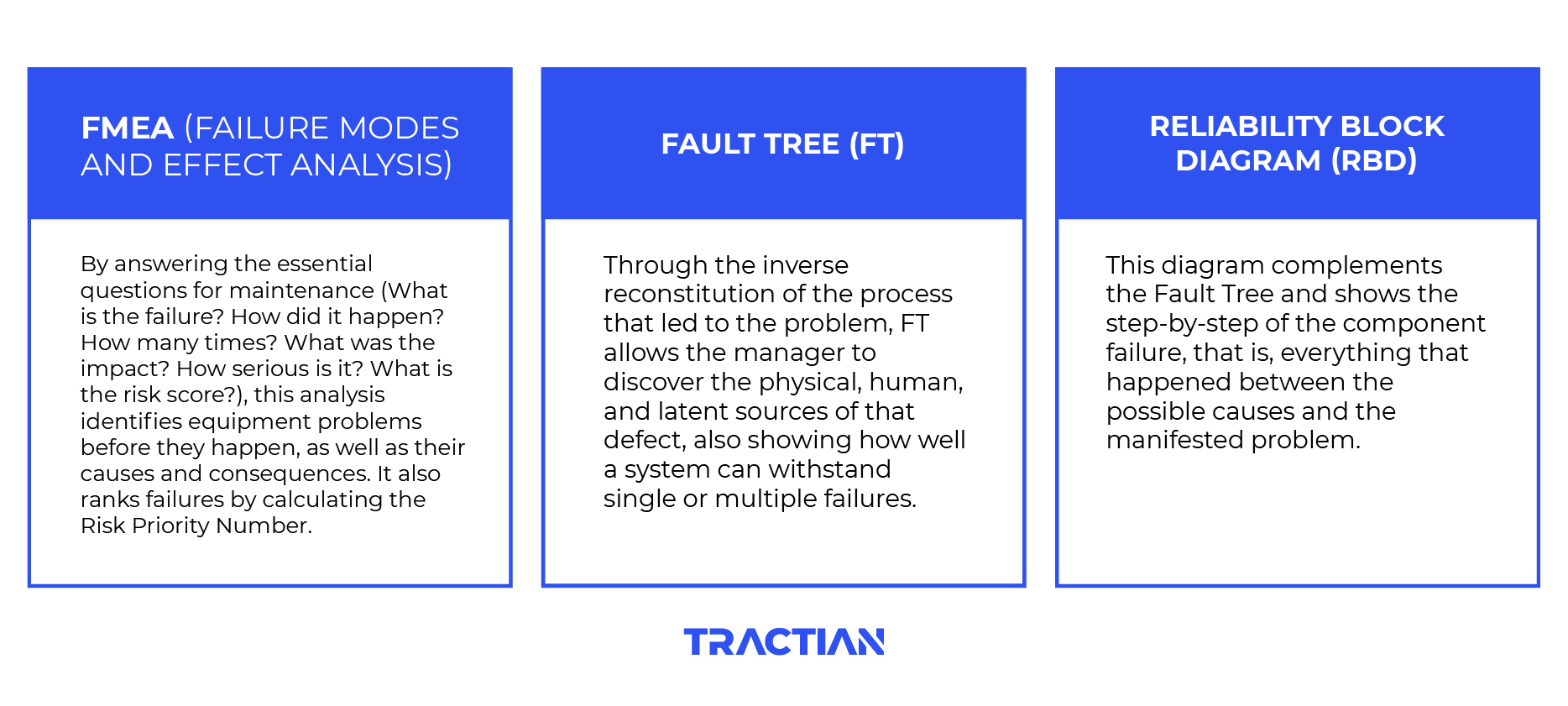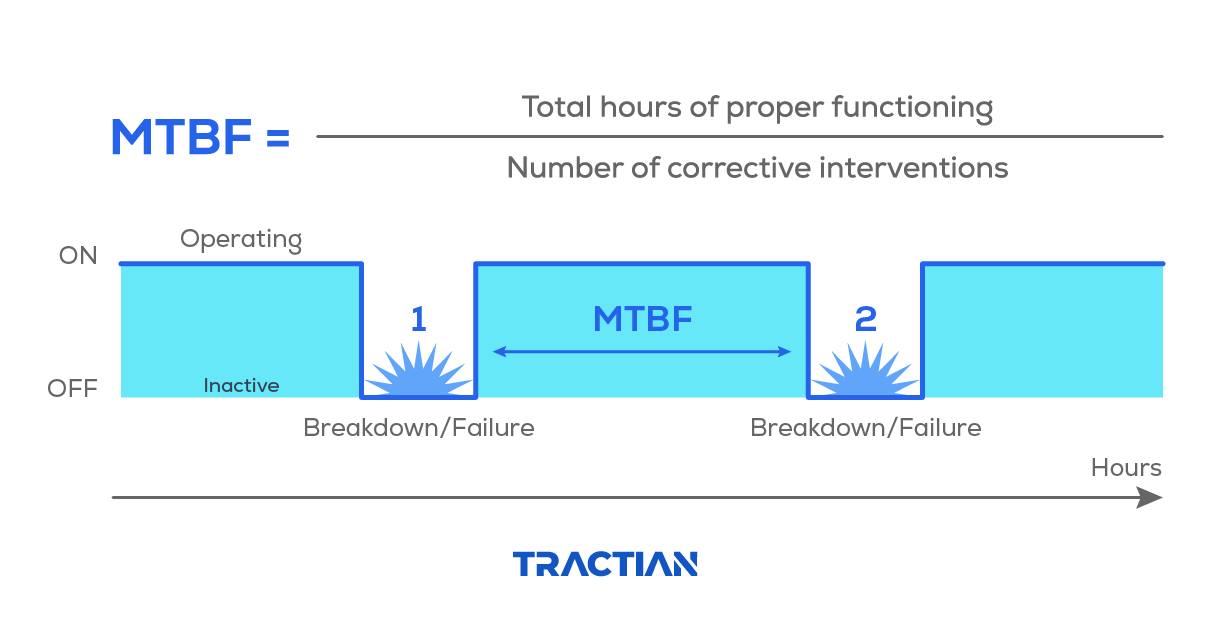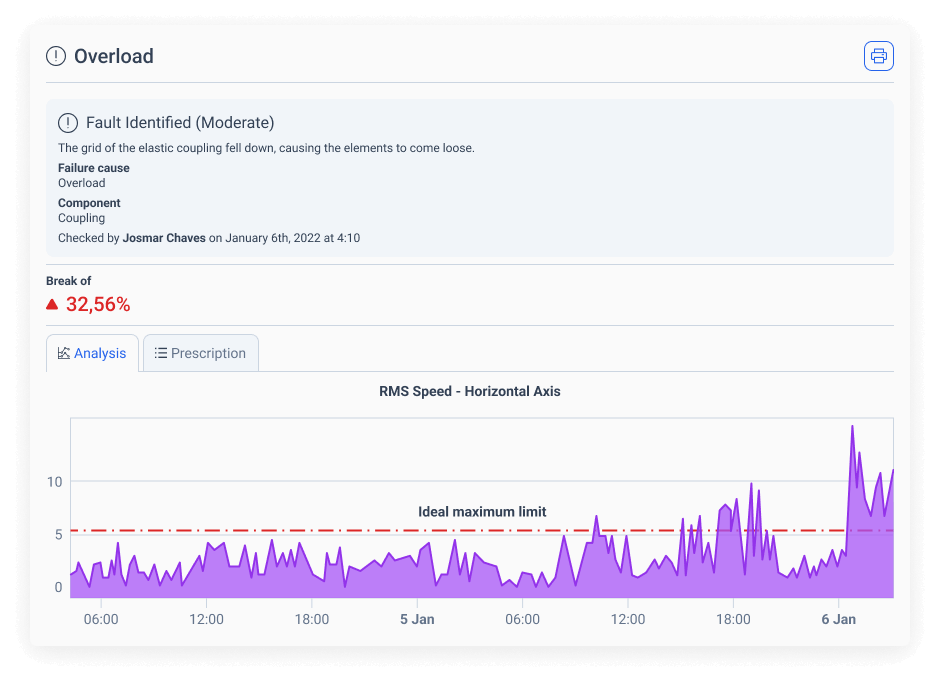No matter your years in the industry, it’s highly likely that you’ve come across discussions on machine reliability. However, it’s important to assess whether your team truly comprehends its definition, purpose, and the methods for calculating it.
This guide has all the information you need about reliability, including suggestions on how to make reliability a priority.
- What Is Reliability?
- Calculating Machine Reliability
- The Benefits of Reliability-Centered Maintenance (RCM)
- Reliability in Practice: Success Case
- Bringing Reliability to Your Facility
What Is Reliability?
We define reliability as the ability of a system, equipment, or asset to perform its intended function without failure or breakdown. It’s always measured for a specific period of time, under specified operating conditions.
Being and staying reliable is a critical factor in maintenance management. It directly impacts the productivity, efficiency, and overall cost-effectiveness of an organization. By focusing on reliability, maintenance professionals aim to ensure optimal asset performance, reduce failures, and maximize uptime.
Calculating the reliability provides maintenance managers with insight on equipment, determining if production can proceed smoothly as planned. Multiple different formulas are used to calculate reliability, all of which consider past equipment failures. This is why it’s vital to consistently monitor machinery – to ensure accurate and current data.
“It’s important to know how to discern reliability from availability and maintainability. Although these three concepts make up the RAM Analysis acronym and are often combined, they are not synonyms.”
- Reliability indicates how much we can trust an asset to work properly. It focuses on how likely a failure-free operation is.
- Availability is the measure of the system’s readiness to perform its function when required. It takes into account factors like downtime, repair time, and preventive maintenance.
- Maintainability is the ease with which a system or asset can be restored to operating condition after a failure or breakdown. It involves factors like repairability, spare parts availability, and maintenance procedures.
Reliability and availability are concerned with the system’s performance during operation. Maintainability is focused on the system’s repairability and the efficiency of the maintenance process in restoring functionality. For more on RAM Analysis, check out our guide.
Calculating Machine Reliability
There are three tools used to find asset reliability rate:
- Failure Modes and Effects Analysis (FMEA)
- Fault Tree (FT)
- Reliability-Block Diagram (RBD)

Though efficient, a manager’s greatest ally when it comes to measuring equipment reliability is the Mean Time Between Failures (MTBF).
This metric is key for the maintenance industry, allowing us to calculate the average duration of successful asset performance between failures. It can include hours, days, or weeks, based on operating time. The higher the MTBF, the greater the reliability of the machine, since it takes longer to fail or break down.

Relying only on MTBF isn’t enough for precise information. It’s important to calculate the asset’s failure rate and define the time range that the machine should perform properly. Together, this information creates the reliability formula:

With this calculation, you can determine the likelihood of an electric motor operating as expected for the upcoming 30 days. This helps managers ensure that the operation will follow the flow as planned, and deliveries will be made within agreed deadlines.
Maintenance and reliability teams must have exact machinery data at their disposal. This data can be collected and analyzed in real-time by an online monitoring software.
TRACTIAN, for instance, combines hardware and software to bring companies the best online monitoring system on the market. The Smart Trac sensor utilizes artificial intelligence (AI) and Internet of Things (IoT) technology. It can collect vibration, temperature, and hour meter data from industrial assets in real time, sending them to the platform. The platform learns the machines’ behavior, and analyzes the collected data to transform it into insights, diagnostics, and prescriptions.
Innovative solutions like TRACTIAN listen and record key information emitted by your assets. They can also automatically calculate the reliability and MTBF of each machine, allowing you to compare to the performance standard. This frees up maintenance personnel to concentrate on tasks more important than manually filling out spreadsheets — and increasing machine reliability.
For more on the reliability curve, check out this blog.
The Benefits of Reliability-Centered Maintenance (RCM)
Reliability Centered Maintenance, or RCM, was developed by the US Army to improve the uptime of military equipment affordably and efficiently.
It’s a systematic approach to maintenance management focused on optimizing the reliability, performance, and cost-effectiveness of assets. Mainly, it analyzes the functions and potential failure modes of assets. This makes it easy to develop maintenance strategies based on the severity and impact of those failures.
By monitoring equipment and capturing data 24/7, online monitoring software can automatically and precisely calculate the MTBF and reliability of assets. The AI technology gathers asset information, including symptoms that may go unnoticed by humans, and analyze it within intuitive platforms.
Using artificial intelligence lets maintainers get ahead of failures, and monitor machines constantly. It helps reduce maintenance costs, eliminate breakdowns and unexpected stops, and increase company profits.
Reliability in Practice: Success Case
So, how does this translate into practical implementation? Let’s look at a real-life example of a TRACTIAN customer who achieved exceptional results after implementing our predictive maintenance software.
Yara’s previous approach to maintenance was based on intuition or conventional spreadsheets. After learning the benefits, our AI and IoT-powered TRACTIAN sensors were installed on their most critical assets. Soon they saw great success in their maintenance plans. To learn more, read our Yara Success Case!
Our online monitoring software understands specific equipment behavior, which helped Yara reduce the number of cooling tower fan failures. Here’s an overload alert on the TRACTIAN platform that was pointed out in one their fertilizer production units.

TRACTIAN sensors detected the overload, and the monitoring platform immediately informed the maintenance team. This gave them a chance to intervene before the breakdown happened.
The estimated expense of this failure was $13,392.
With the aid of notifications, the operators at Yara got to know their machines better and, therefore, trust them more. This is because, in addition to the constant data analysis, they were able to understand through the platform exactly what should be the intervals between cleaning and inspection cycles of the machines. In other words, the predictive maintenance technology not only optimized the crew’s work but also improved their preventive activities, making them less random and more assertive.
Bringing Reliability to Your Facility
Assets not performing at their optimal reliability rate? Well, reliability level is always related to the efficiency and intelligence of the maintenance plan. The more the manager relies on technology and strategically defined prevention activities, the more confidence they can place in the equipment.
Putting predictive maintenance and online monitoring software first is your first step towards enhancing machinery reliability. Keep in mind, AI tools and data science will give you more results than manual records.
Join Yara, and turn your traditional maintenance management into an Industry 4.0 strategy.To let TRACTIAN guide you through improving your maintenance processes, schedule a demo with one of our experts.




